I'm asked to design a 30W power factor corrector for "dimmable" LED drivers. Here are the most crucial requirements:
- THD (ITHD - THD of the line input current) should never exceed 10%
- PF should be at least 0.91 for PLED ≥ 10W
I have designed one with FAN7930C and prepared a prototype circuit for testing. Here's the schematic:
It works fine as expected in terms of power factor correction. However, the circuit can't comply the THD requirement. Actually, the circuit keeps the THD below 10%, but only when it is under full load. Lowering the load causes the THD to increase.
Below are the power, PF and THD measurements (taken with a Rohde & Schwarz HMC8015 Power Analyzer) and scope images (taken with Tektronix MDO3012 Digital Oscilloscope) of the input current waveforms (the voltage across the 10R fusable resistor, R100):
- VLINE = 220V, PLED = 10W, PF = 0.92, THD = 33%
- VLINE = 220V, PLED = 15W, PF = 0.96, THD = 22%
- VLINE = 220V, PLED = 20W, PF = 0.97, THD = 15%
- VLINE = 220V, PLED = 25W, PF = 0.98, THD = 10%
- VLINE = 220V, PLED = 30W, PF = 0.99, THD = 7% (I cannot put a scope image for 30W output since the appropriate LED load is not available right now)
Here are what I've tried so far:
Played with the input filter block but helped only a little.
Played with R102 (the resistor coming from aux winding to ZCD pin) which helps to reduce the THD (That's what the datasheet says). It really affects the THD. According to the formulae given in the app note, it should be 47k. However, if I put 47k then the THD skyrockets. So I had to decrease it down to 12~15k.
Played with turn ratios but couldn't play more. Because the IC is supplied from the aux winding. Didn't help, btw.
I cannot explain this. I don't know if it has a relation with \$PF = \frac{\cos(\theta_{v(t)} - \theta_{i(t)})}{\sqrt{{1+THD}}}\$. But I think it's more complicated than that.
What am I doing wrong? How can I improve the THD performance?
